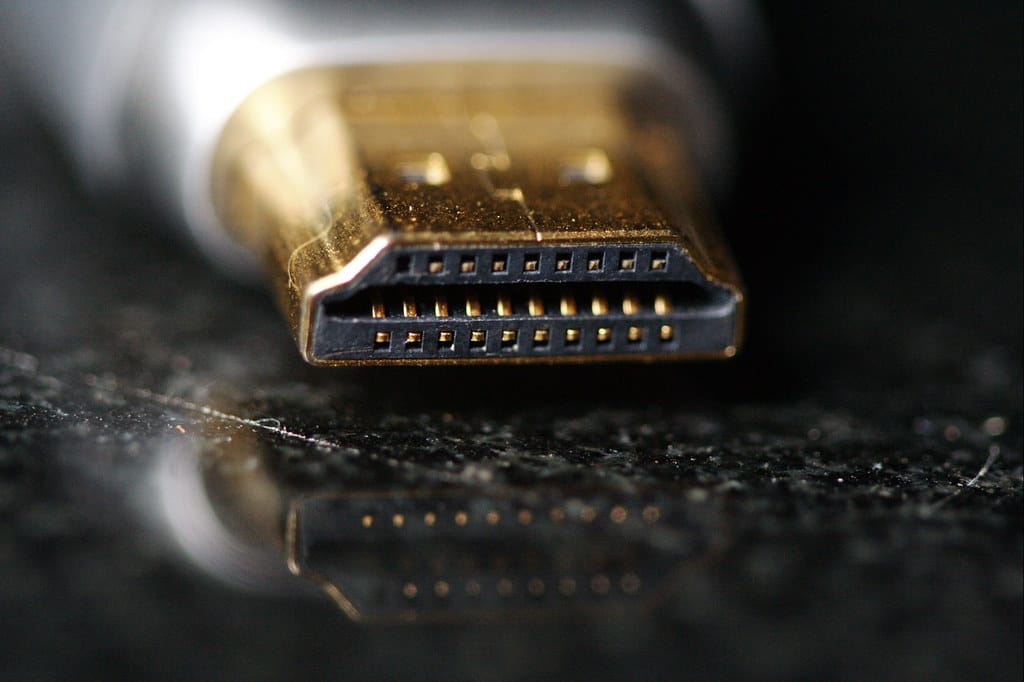HDMI 2.2 Arrives: Massive 96 GB/s Bandwidth and 16K Support Set to Transform Home Entertainment
The HDMI Forum has officially finalized the HDMI 2.2 specification, delivering a staggering 96 GB/s of bandwidth and native 16K resolution support that promises to reshape the future of home entertainment and professional displays. This latest iteration represents a dramatic leap forward, offering six times the bandwidth of its predecessor and opening doors to previously impossible display technologies.
A Quantum Leap in Display Technology
The new HDMI 2.2 standard represents the most significant advancement in HDMI technology since the format's inception. With 96 GB/s of bandwidth—compared to HDMI 2.1's 48 GB/s—this specification doesn't just incrementally improve performance; it fundamentally expands what's possible in digital video transmission.
The headline feature is undoubtedly 16K resolution support, delivering an unprecedented 15,360 x 8,640 pixels. To put this in perspective, 16K contains four times the pixels of 8K and sixteen times that of 4K. While 16K displays remain largely conceptual, the specification ensures the infrastructure is ready when the technology becomes commercially viable.
Enhanced Gaming and High-Refresh Experiences
Beyond raw resolution, HDMI 2.2 dramatically improves high-refresh-rate gaming experiences. The specification supports 4K at 240Hz and 8K at 120Hz with full 4:4:4 chroma subsampling, eliminating the compromises that current-generation consoles and graphics cards face.
For competitive gamers, this means crystal-clear 4K gaming at refresh rates that rival professional esports monitors. The PlayStation 5 Pro and upcoming Xbox consoles will likely leverage this capability, finally delivering the "true 4K gaming" experience that manufacturers have promised for years.
Professional Applications Drive Innovation
While consumer applications capture headlines, HDMI 2.2's impact on professional markets may prove more immediate. Medical imaging, scientific visualization, and industrial design applications have long demanded higher bandwidth for detailed imagery and real-time data visualization.
The specification's support for advanced color spaces, including BT.2020 and the forthcoming BT.2100, ensures that professional content creators can work with the full spectrum of colors that modern cameras and displays can capture and reproduce. This capability is crucial as virtual production techniques, popularized by shows like "The Mandalorian," become industry standard.
Technical Improvements Beyond Resolution
HDMI 2.2 introduces several technical enhancements that extend beyond pure bandwidth improvements:
Enhanced Audio Return Channel (eARC) 2.0 supports lossless audio formats with higher bit rates, ensuring that advanced sound systems can receive pristine audio signals without compression artifacts.
Improved Variable Refresh Rate (VRR) technology provides smoother gaming experiences across a wider range of refresh rates, from 24Hz cinema content to 240Hz gaming.
Advanced HDR support includes dynamic metadata for scene-by-scene optimization, ensuring that HDR content displays with maximum impact across different display technologies.
Market Timeline and Device Availability
Industry analysts expect the first HDMI 2.2-capable devices to appear in late 2024, with broader adoption throughout 2025. Graphics card manufacturers NVIDIA and AMD have already confirmed that their next-generation products will support the new specification.
Display manufacturers including Samsung, LG, and Sony have indicated that their 2025 television lineups will incorporate HDMI 2.2 support, particularly in premium models. However, the most immediate beneficiaries will likely be professional monitors and specialized display equipment.
Looking Ahead: The Future of Display Technology
HDMI 2.2's massive bandwidth increase positions the standard well ahead of current content demands, providing headroom for future innovations. As augmented reality and virtual reality technologies mature, the ability to transmit ultra-high-resolution, high-refresh-rate content will become increasingly valuable.
The specification also anticipates the convergence of computing and entertainment, where displays serve multiple purposes from gaming monitors to professional workstations to home theater centerpieces.
The Bottom Line
HDMI 2.2 represents more than just another incremental upgrade—it's a foundational technology that will enable the next decade of display innovation. While 16K content remains years away from mainstream adoption, the bandwidth and feature improvements will immediately benefit 4K and 8K applications.
For consumers, the key takeaway is future-proofing: devices supporting HDMI 2.2 will remain relevant far longer than those limited to current specifications. As the technology ecosystem catches up to this new standard, users will experience the full potential of their displays, gaming systems, and content libraries.
